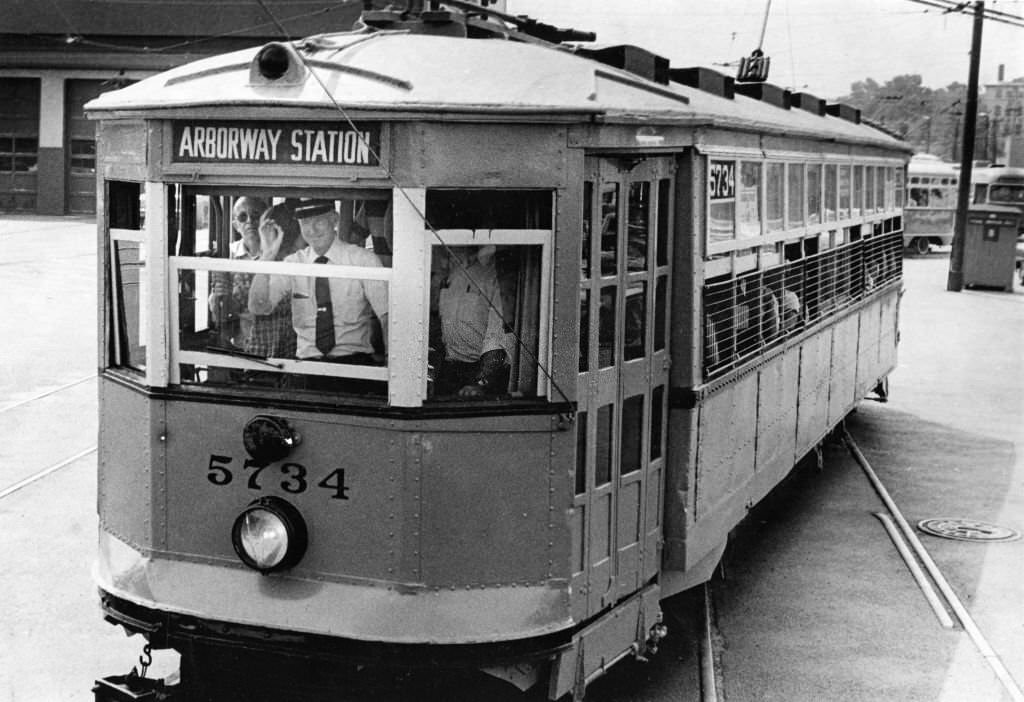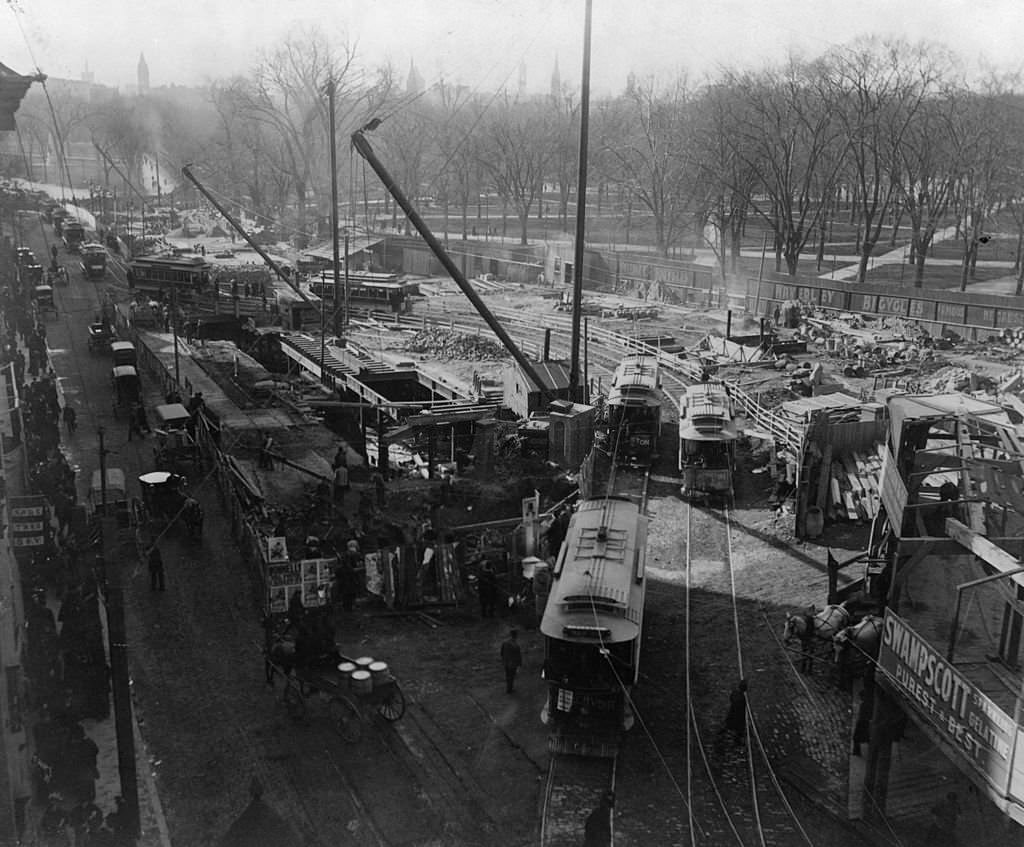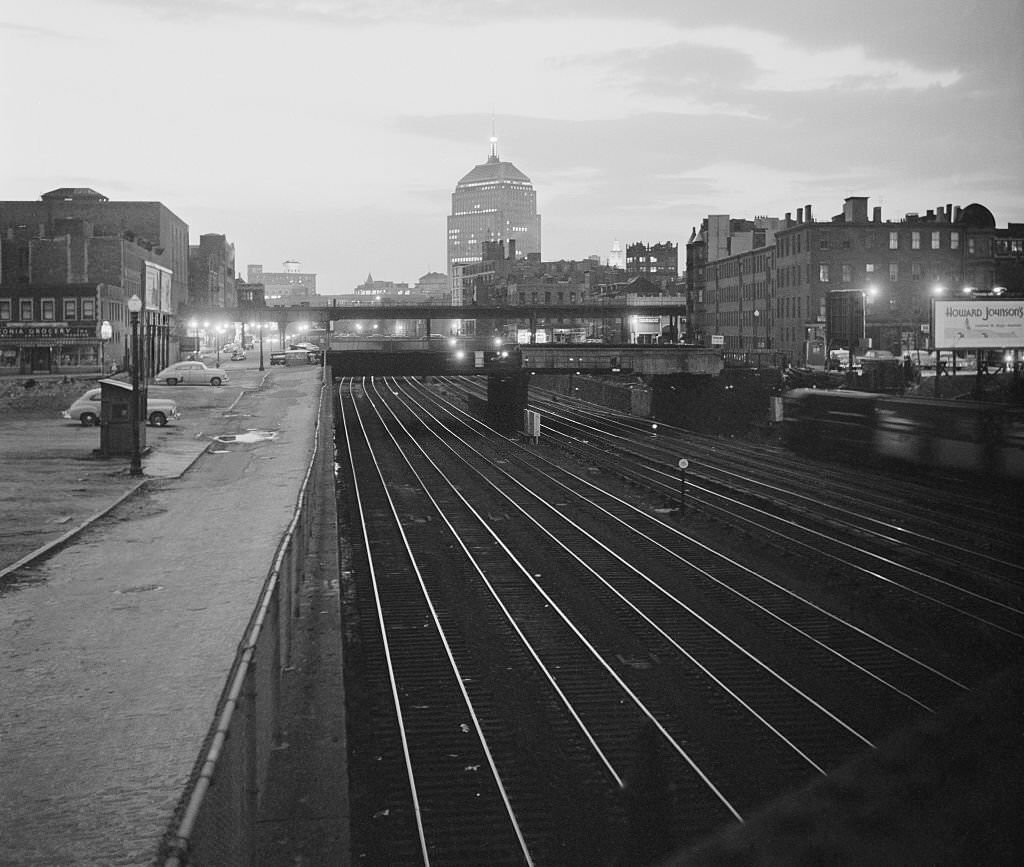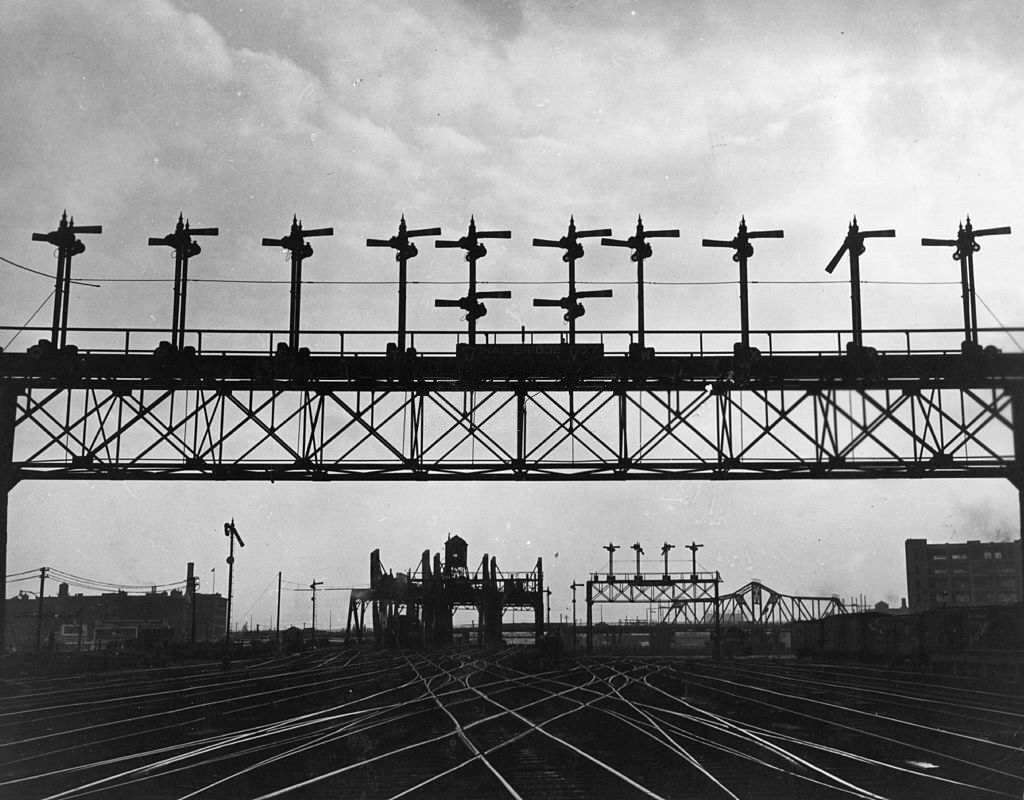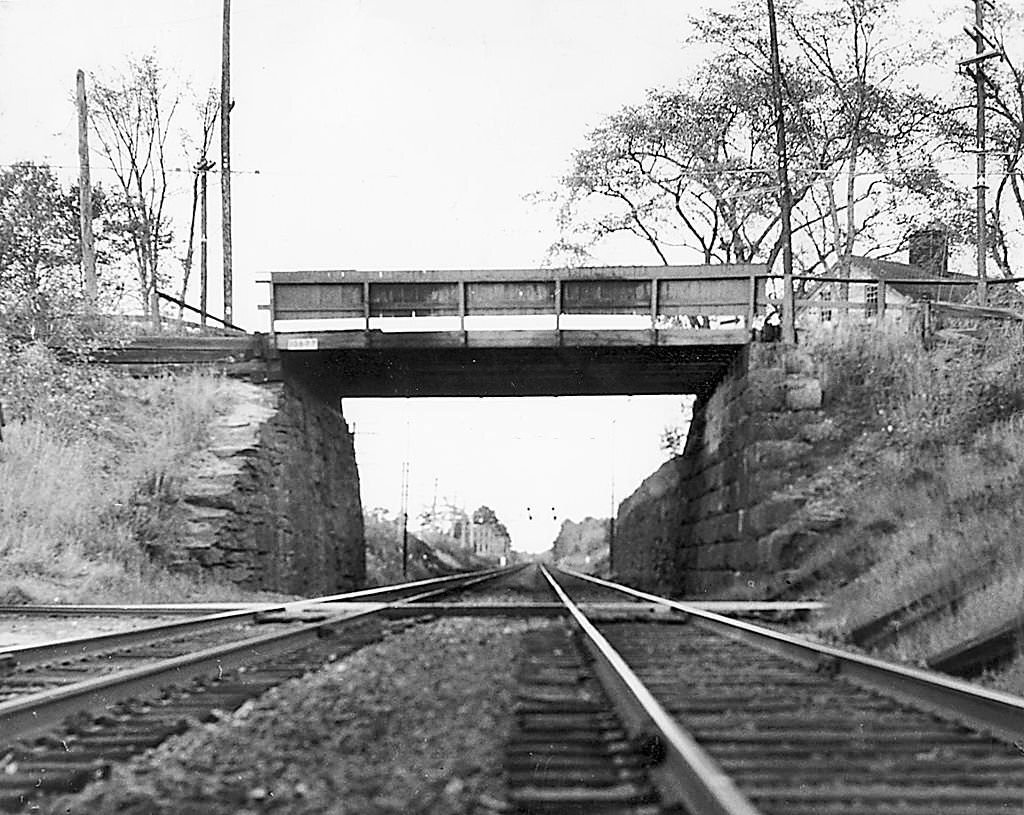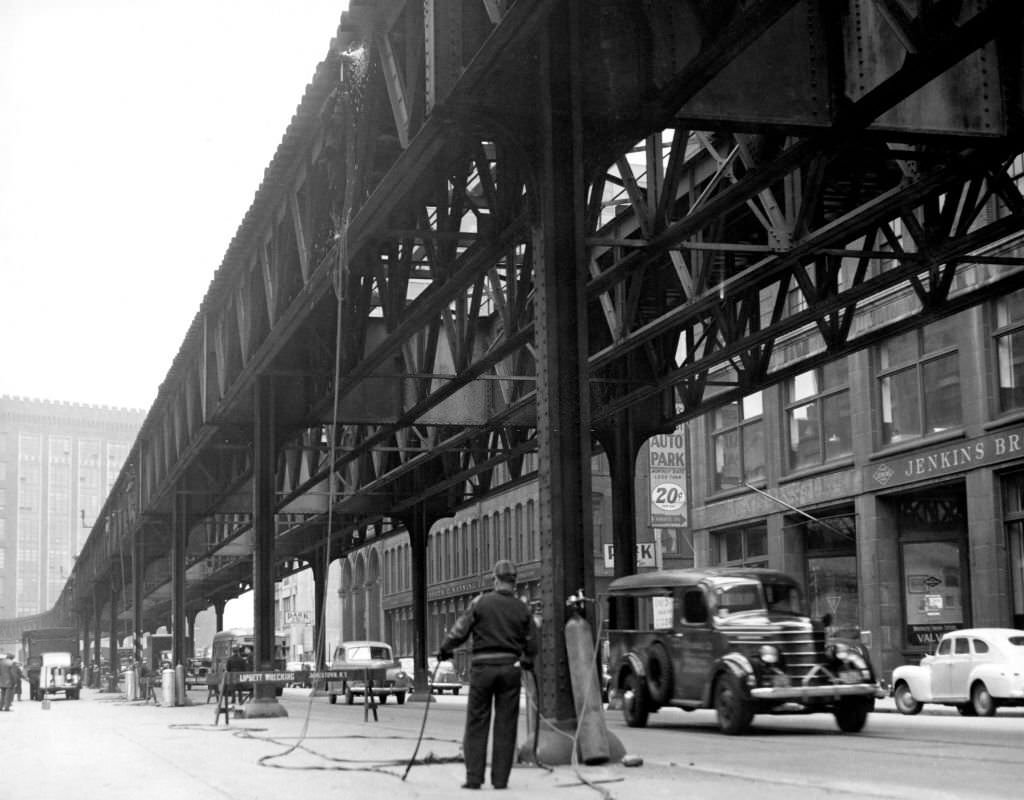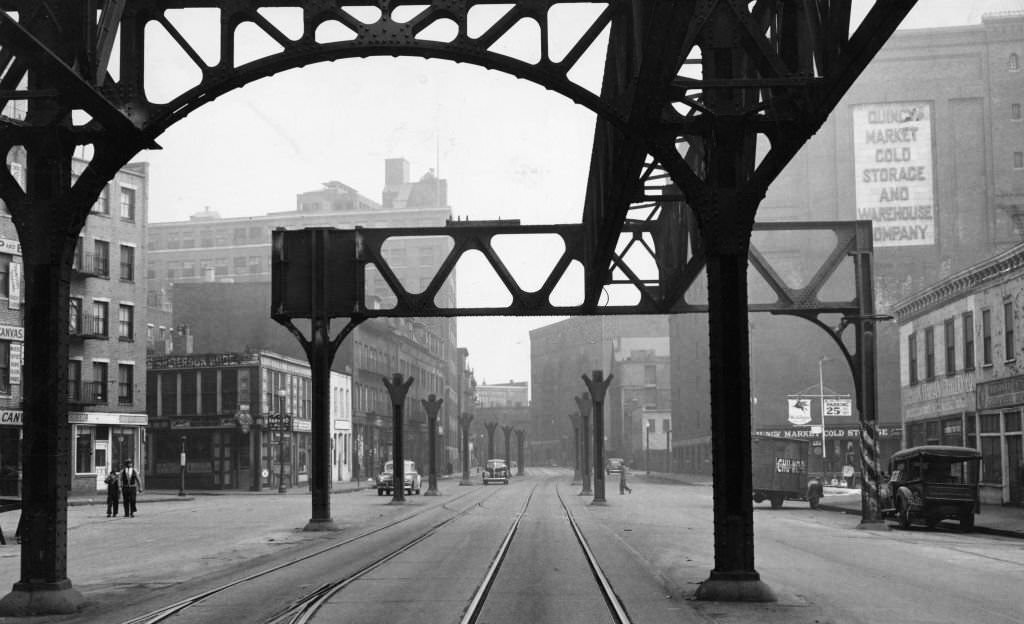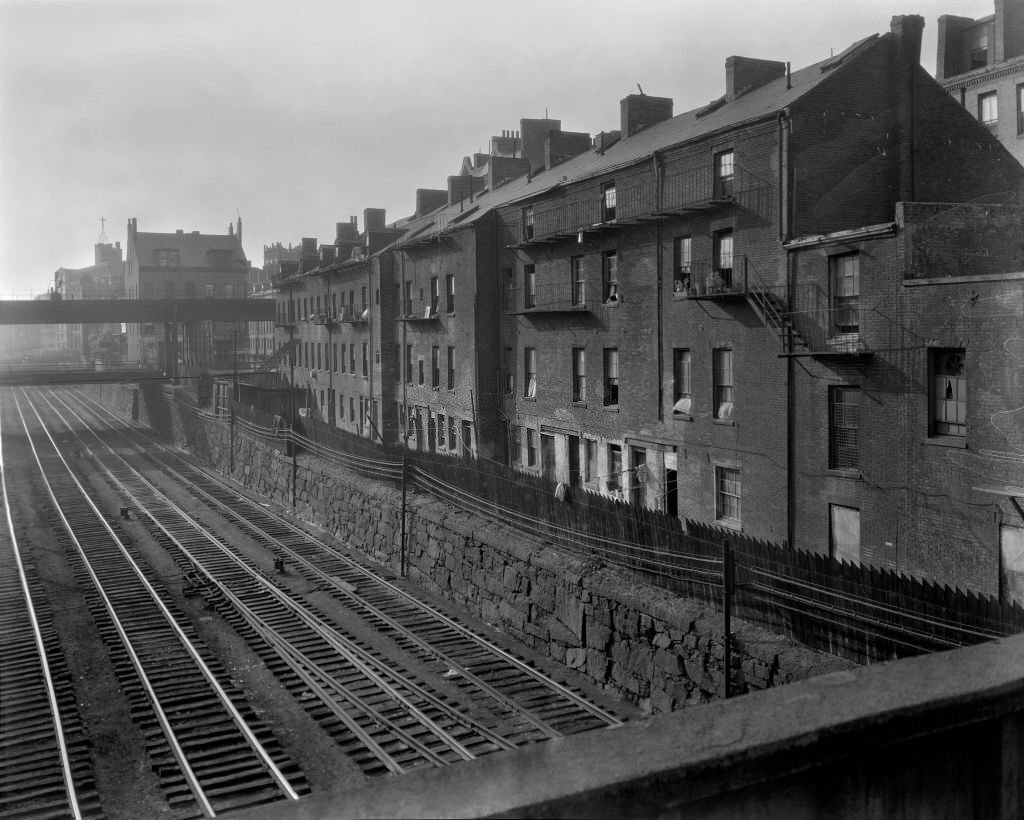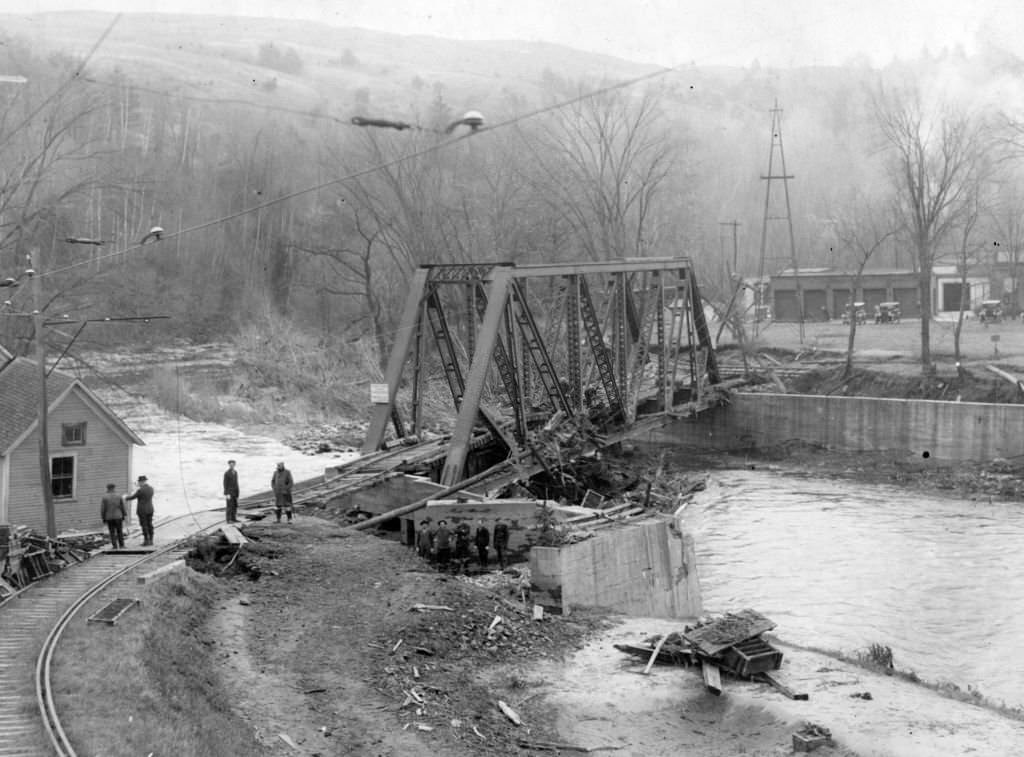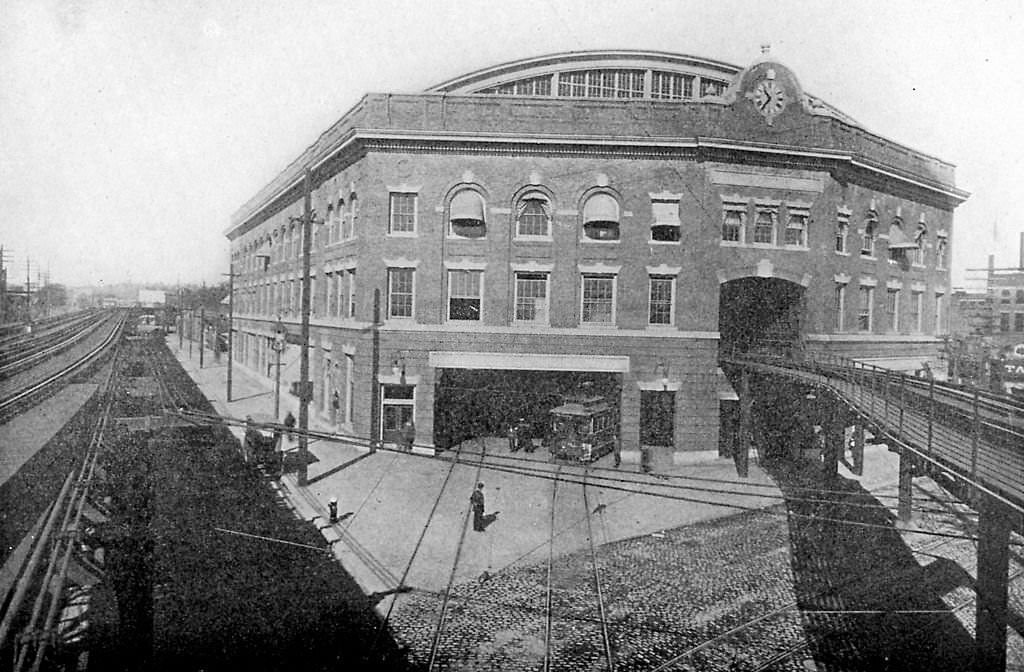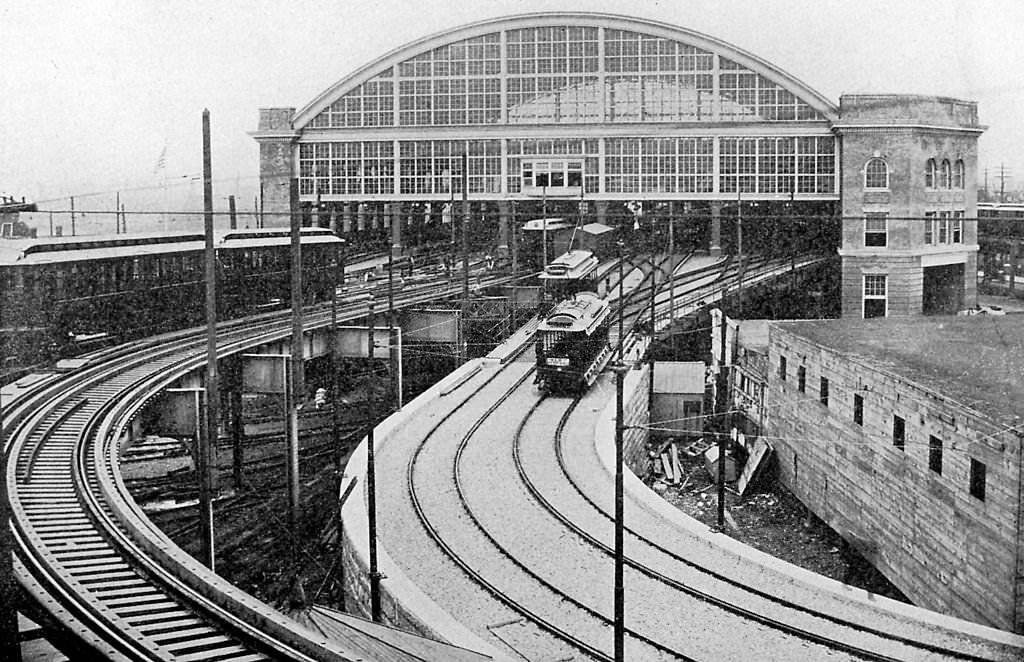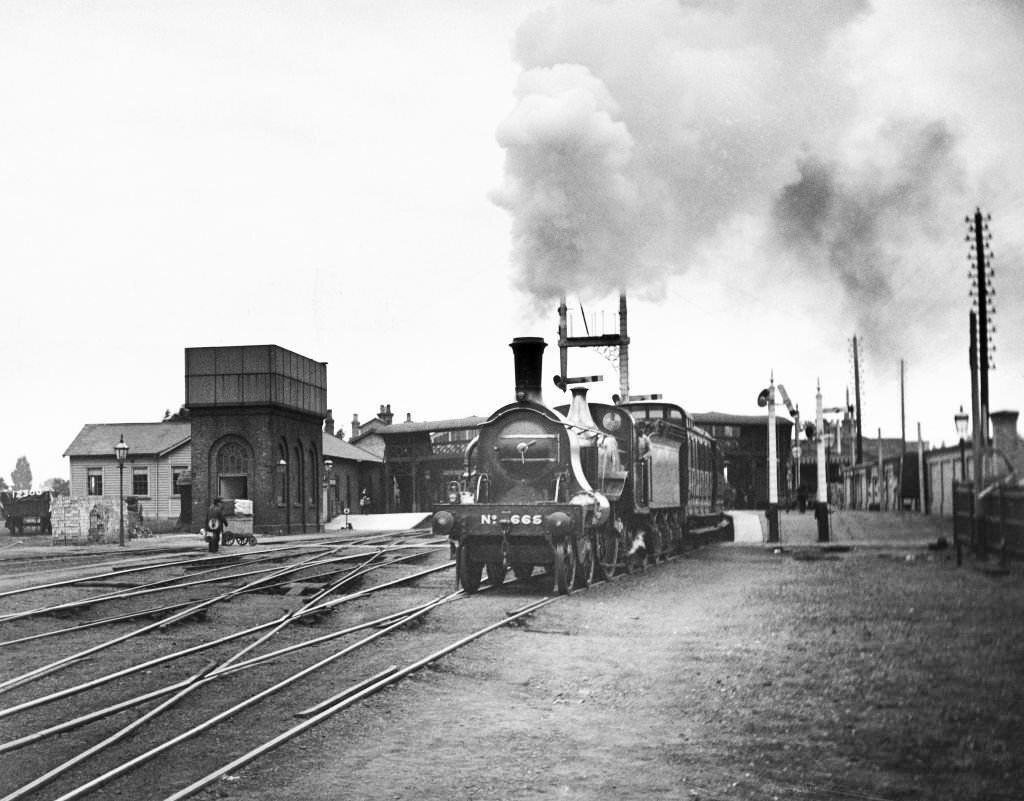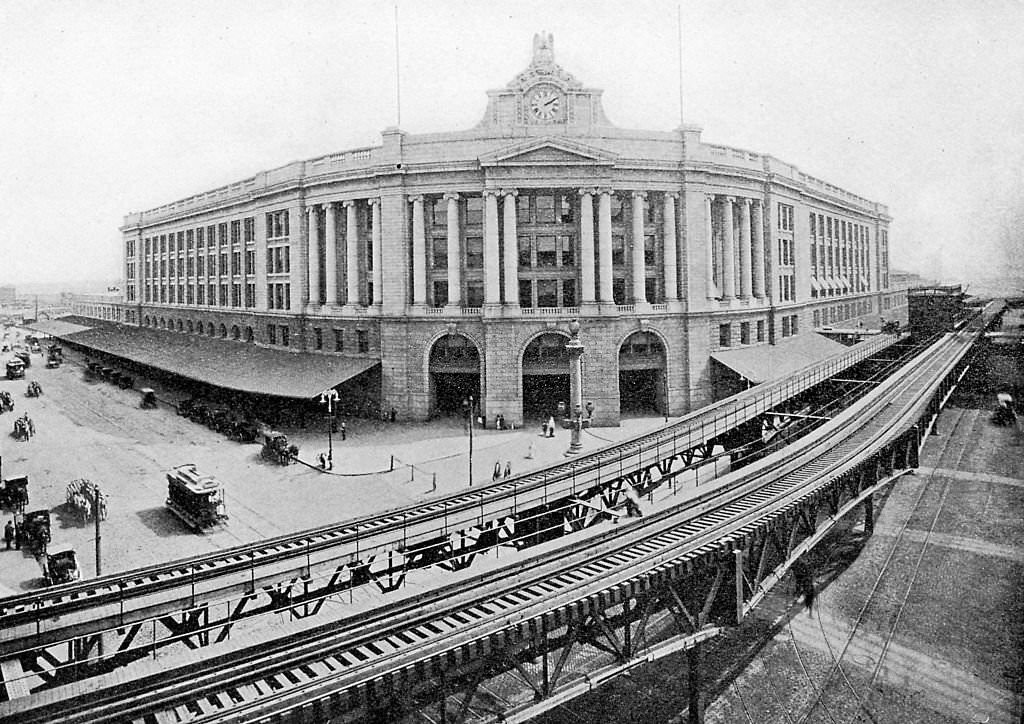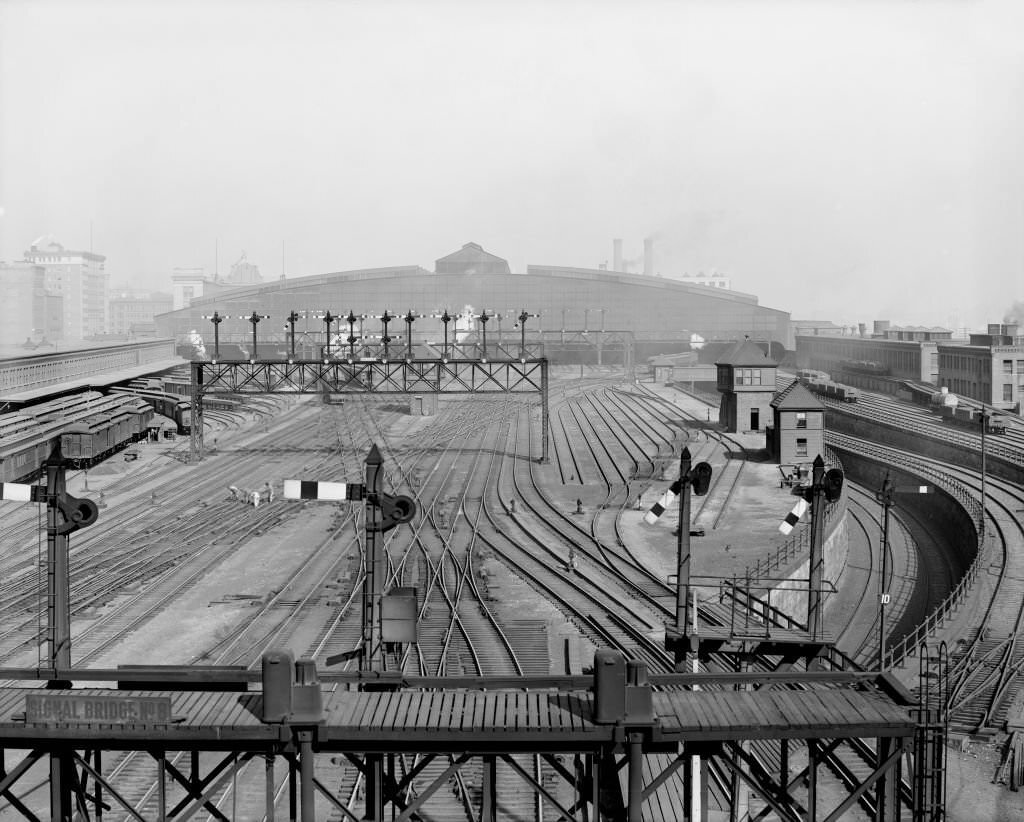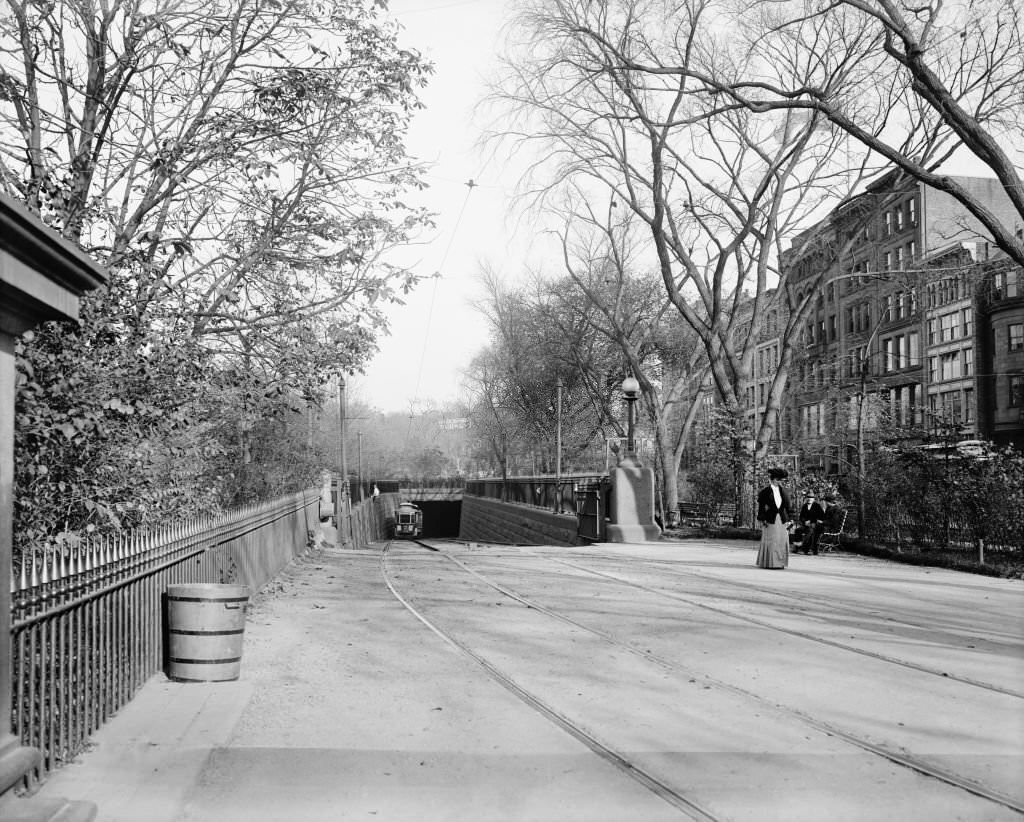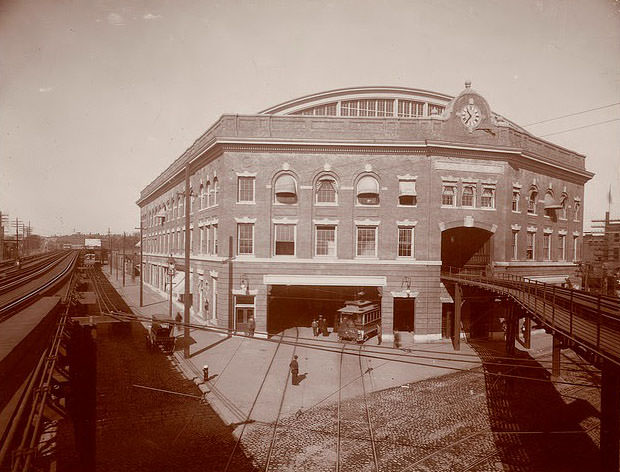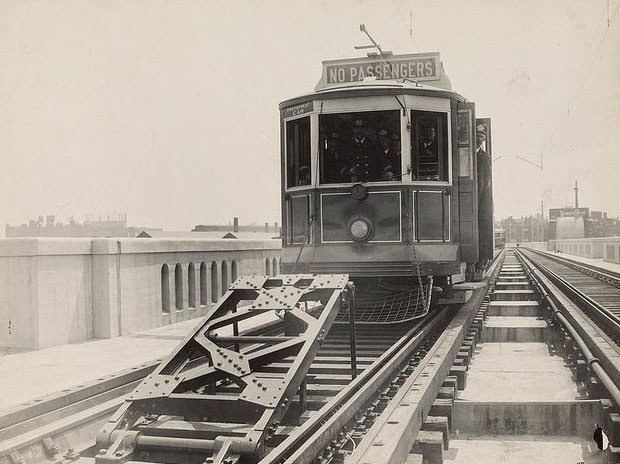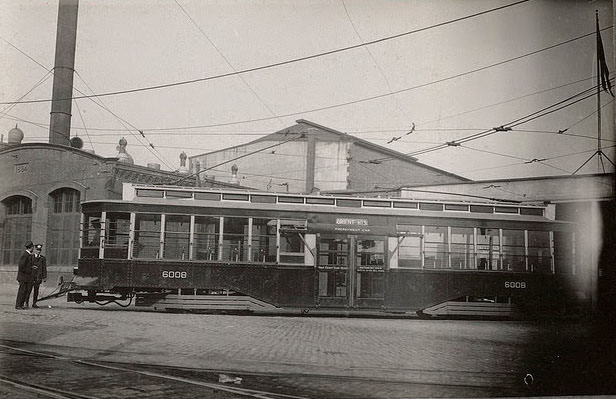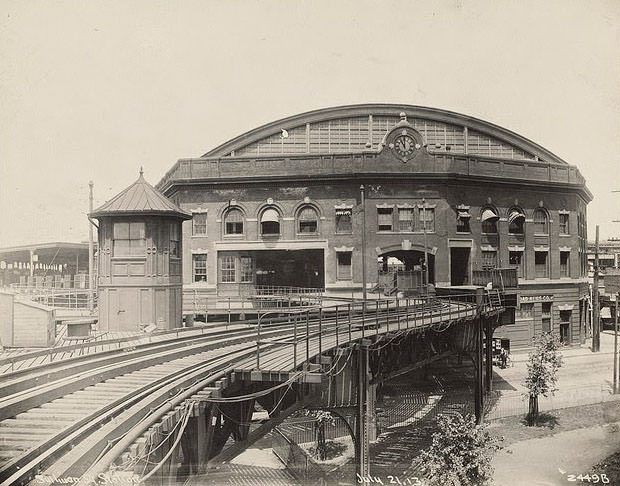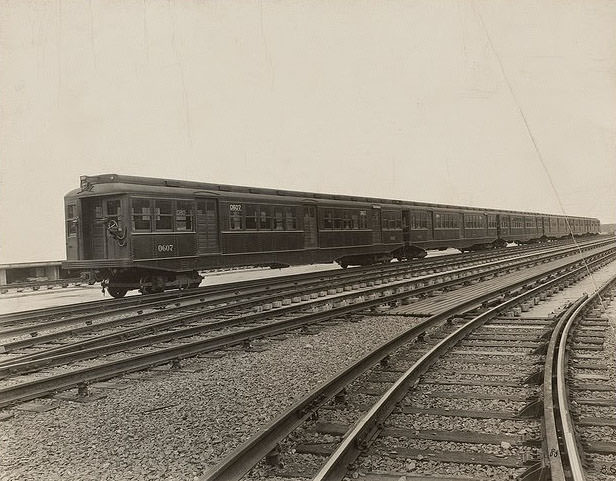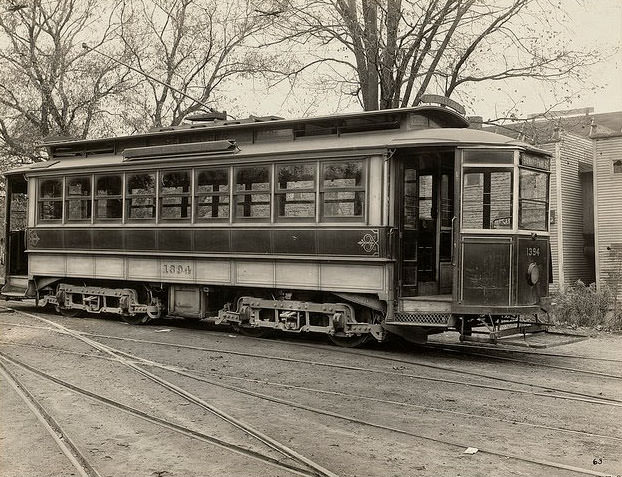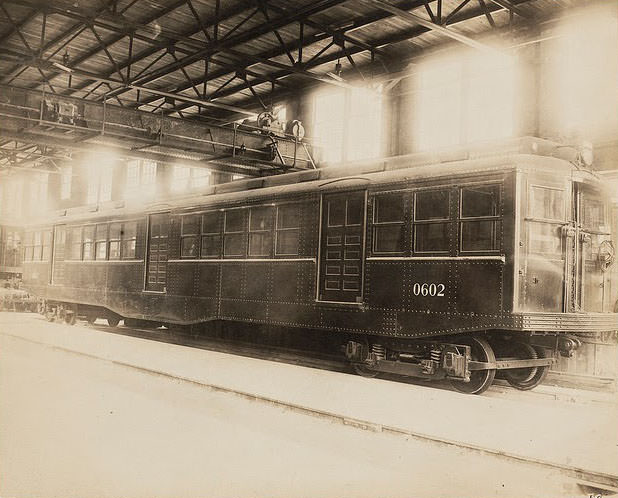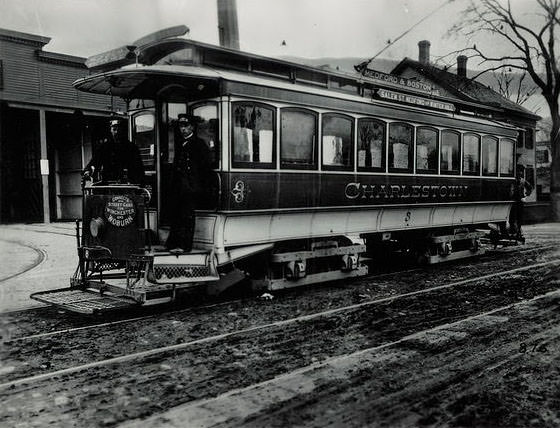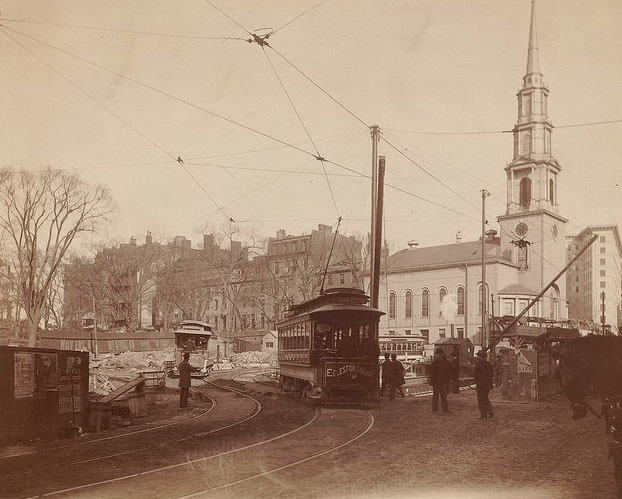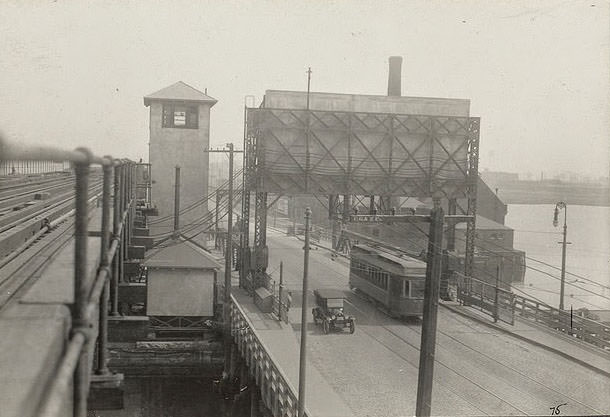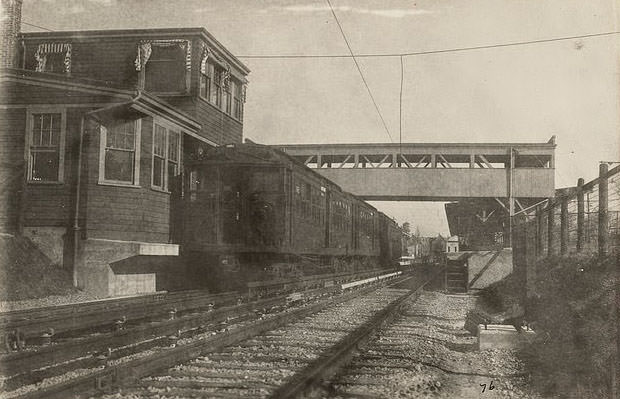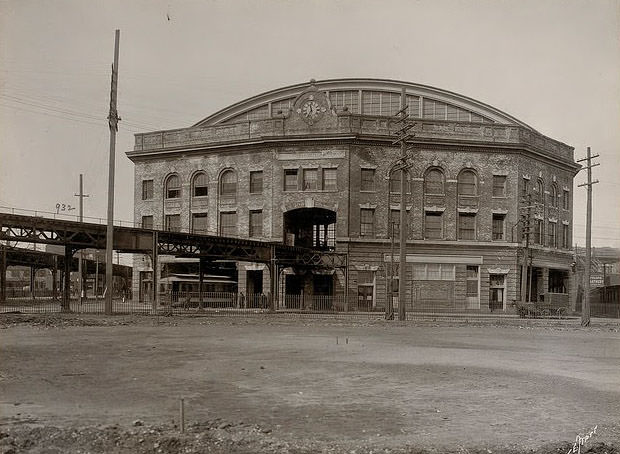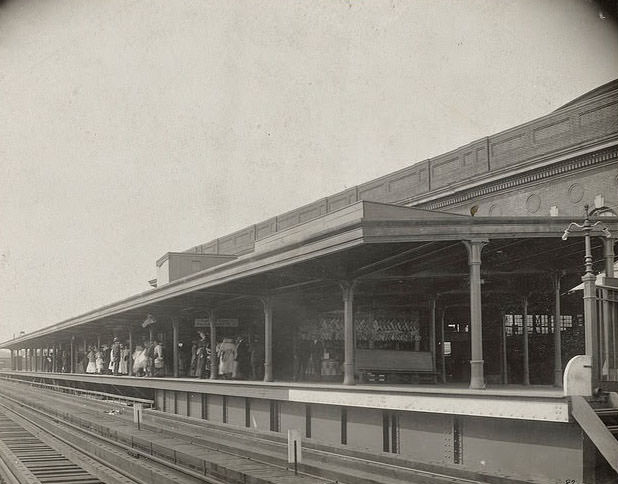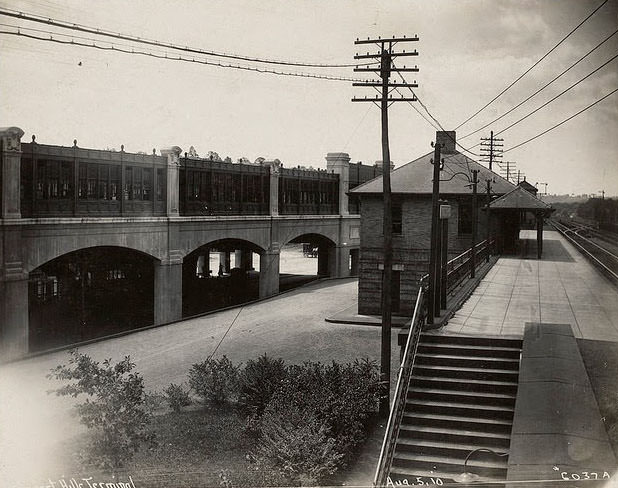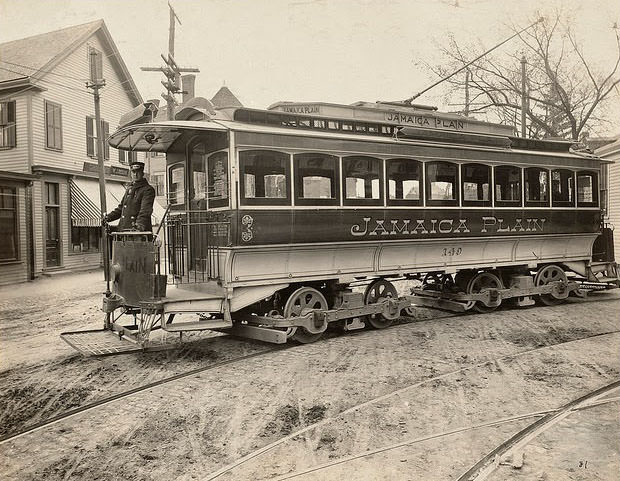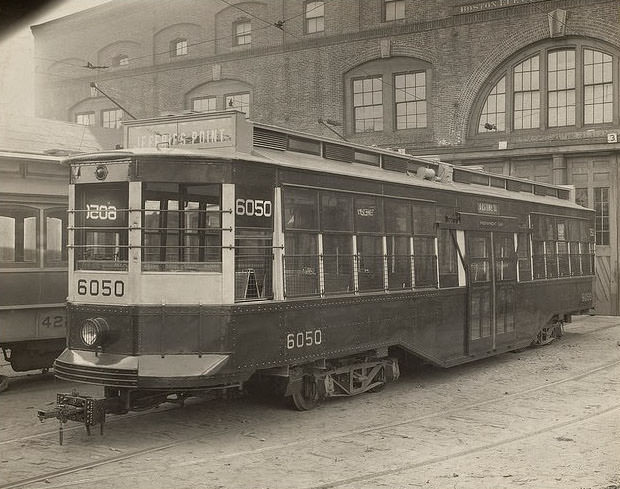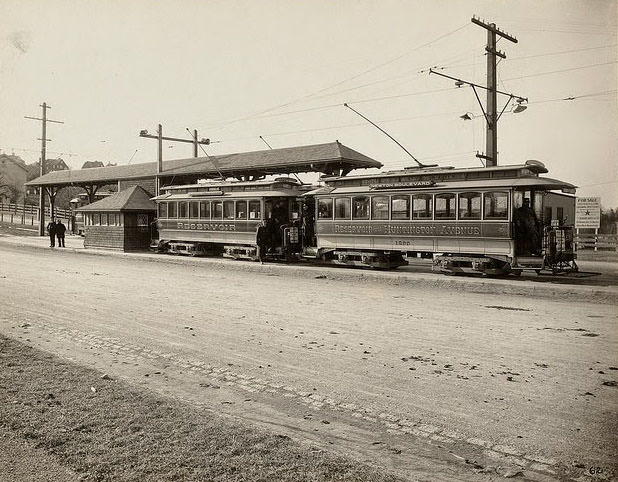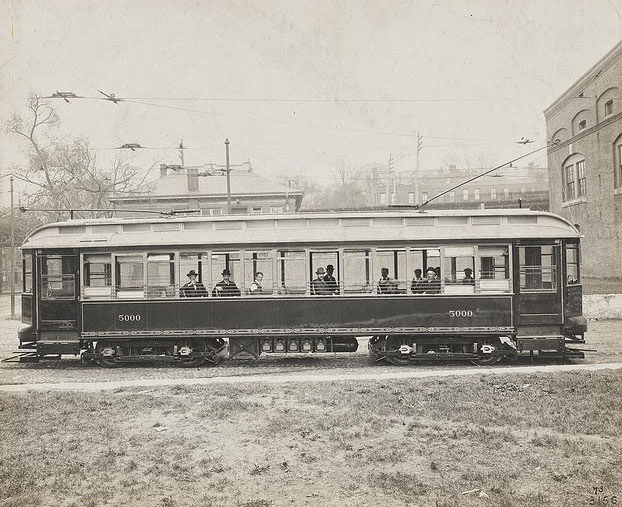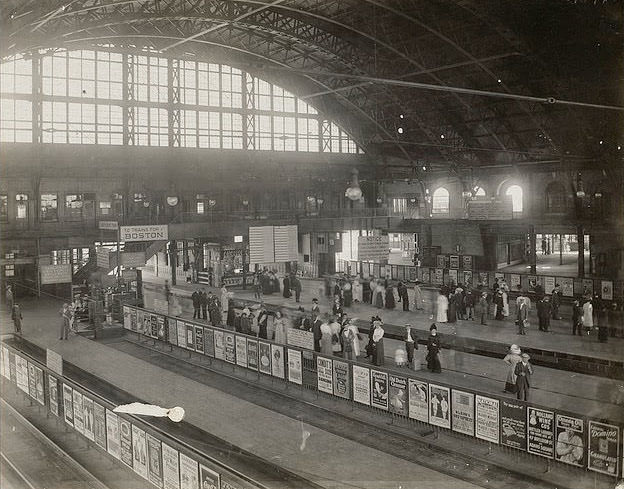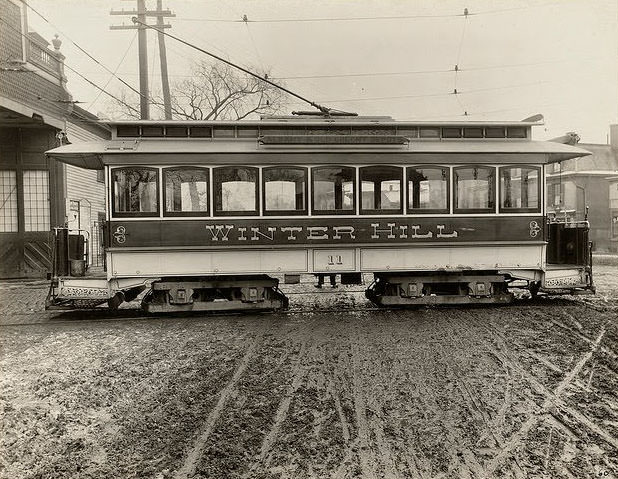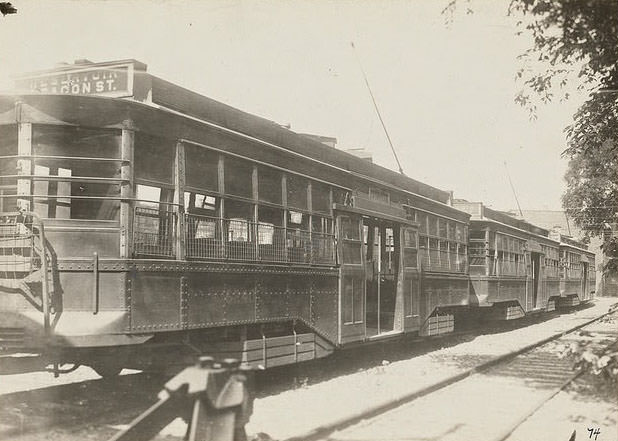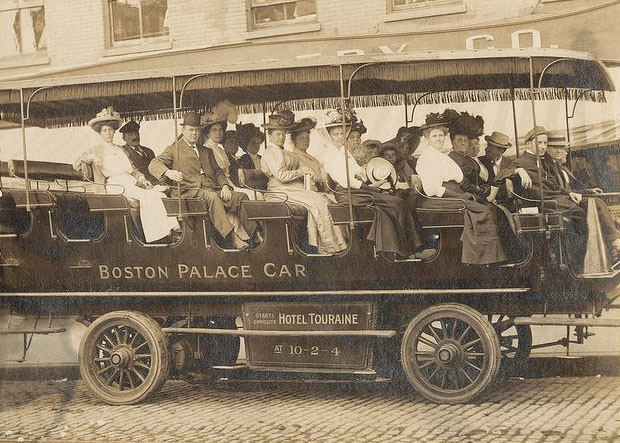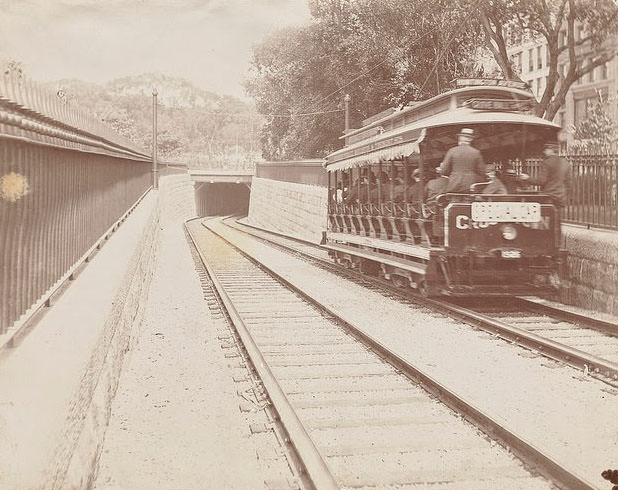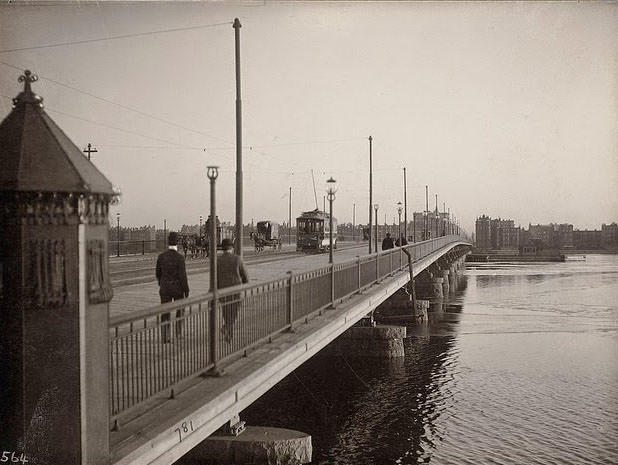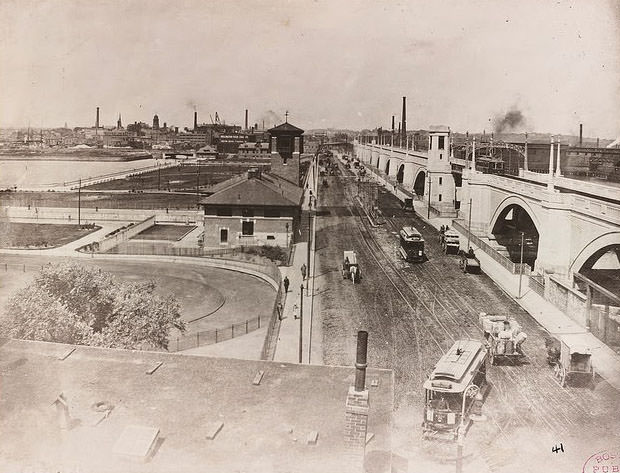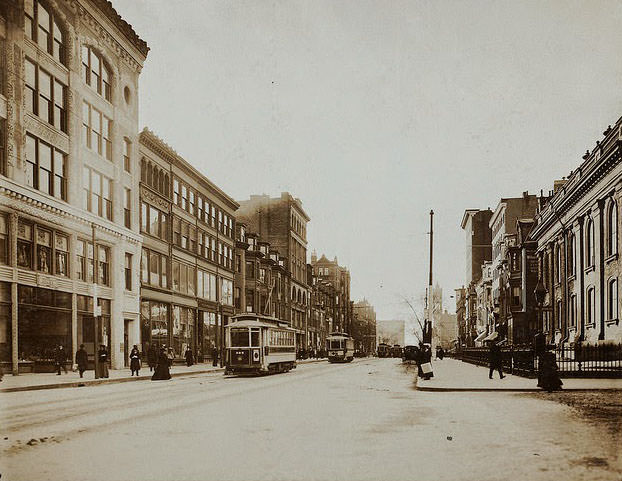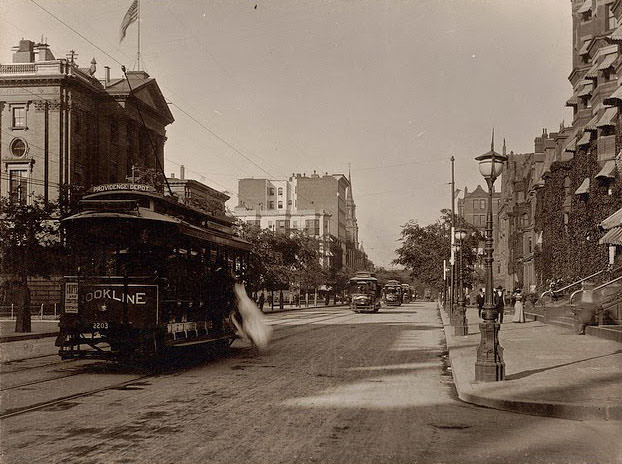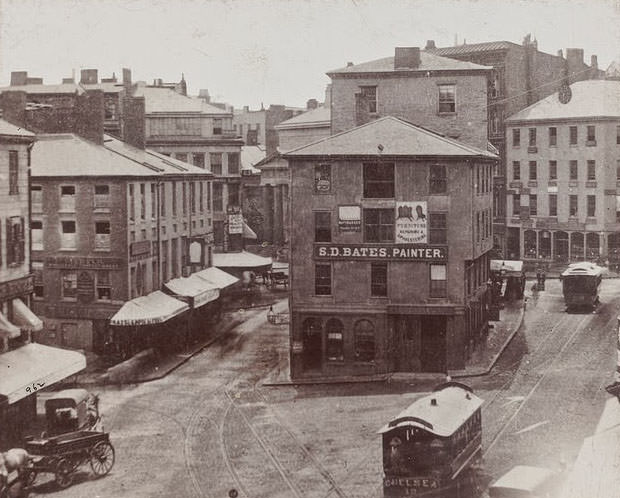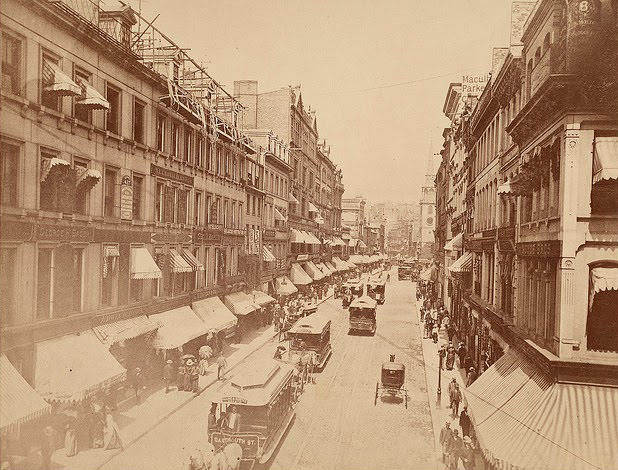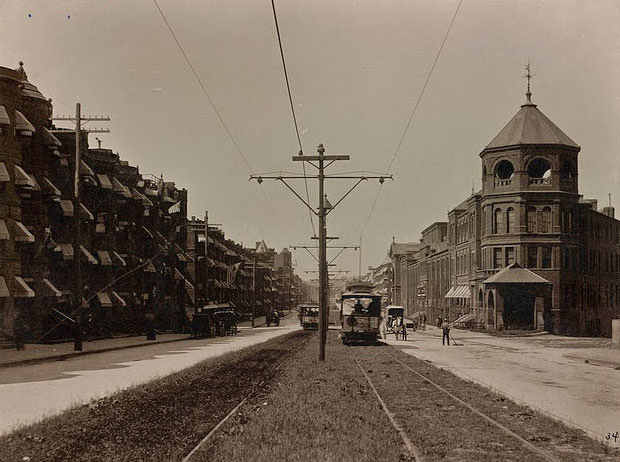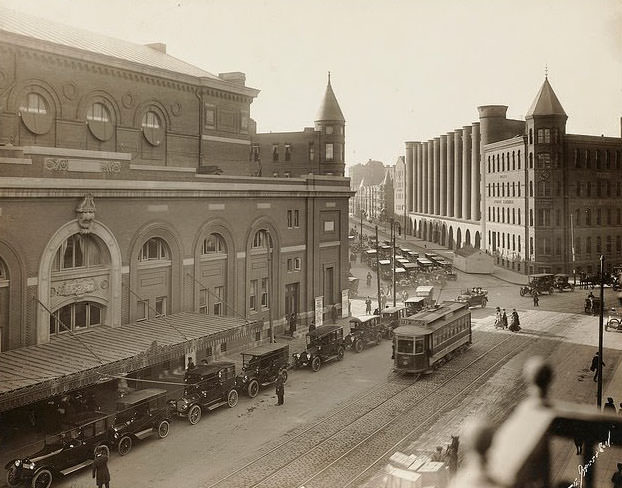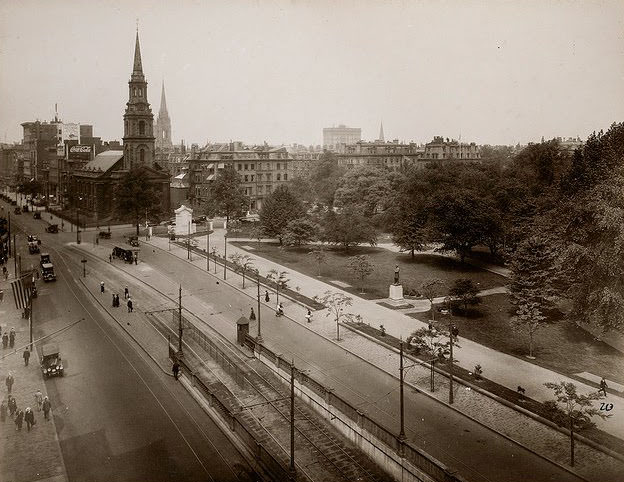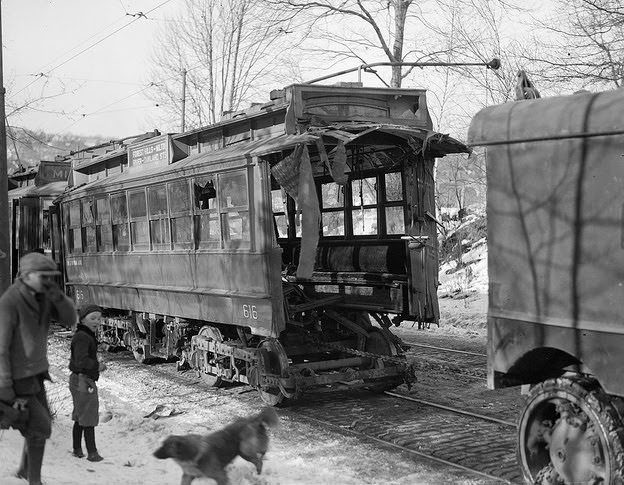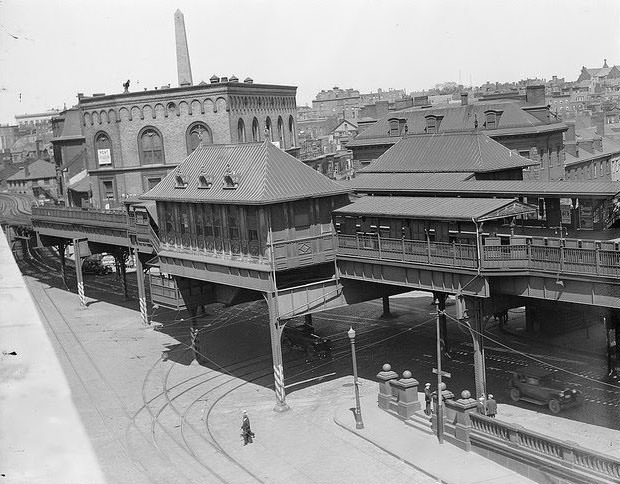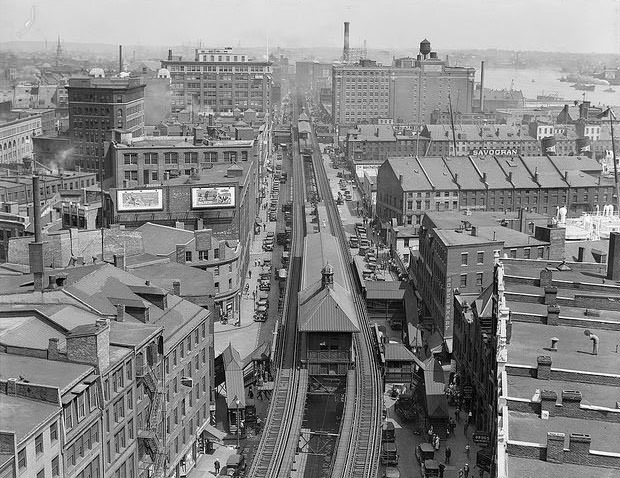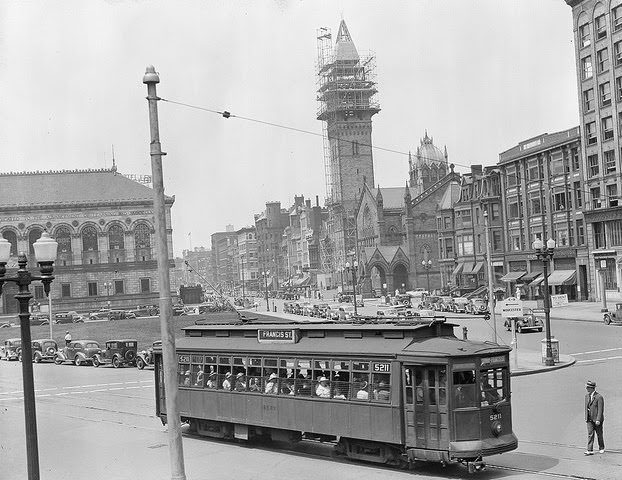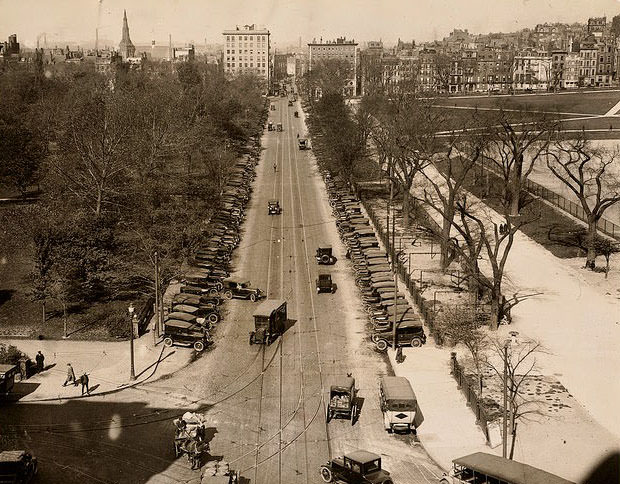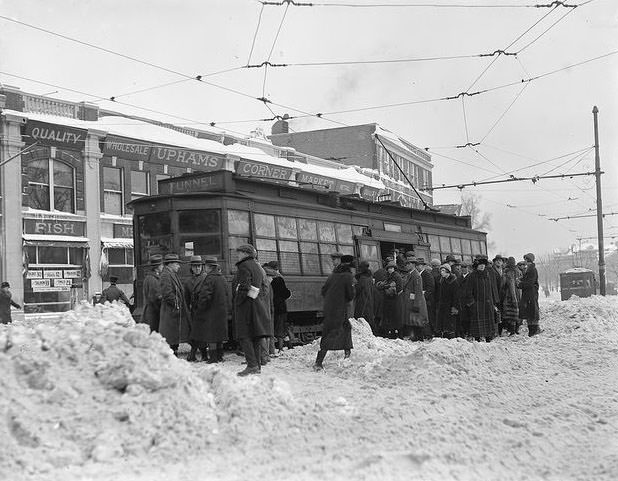In 1830, Massachusetts chartered and began construction on three railroads. Boston and Lowell, Boston and Providence, and Boston and Worcester railroads connected the metropolis to towns up to 70 kilometers (45 miles) away. By 1835, when all the trains were running, Boston became the first rail hub globally. Like Europe, Boston had created a North Union Station and a South Station and an elevated railway linking them by rapid transit by the end of the Century. The most significant contribution Boston made to the development of railroads was in finance rather than technology. Merchants interested in expanding the city’s trade to the inland had invested heavily in the 1830s, and by the 1840s, they had connected all of New England to their port; however, New York state severely limited their ability to extend their influence.
Railroading began to change economically in the early 20th Century. Internal combustion engines gradually led to the decline of trains as a transport option. Automobiles and trucks became more popular as highways improved, taking ridership and freight off railroads. As a result of the Interstate Highway System, the balance of economic power tipped, as factories and offices were able to be located further from the fixed routes of the railroads. Both passenger and freight traffic declined when the B&M, like most other railroads, had just switched over to diesel locomotives, putting them in a debt-ridden position. A combination of debts and high infrastructure costs associated with operating a disparate passenger and freight network in the face of declining traffic forced B&M to cut costs.
Below are some rare historical photos of Street-Railroads in Boston, Massachusetts, in the early 20th Century.


